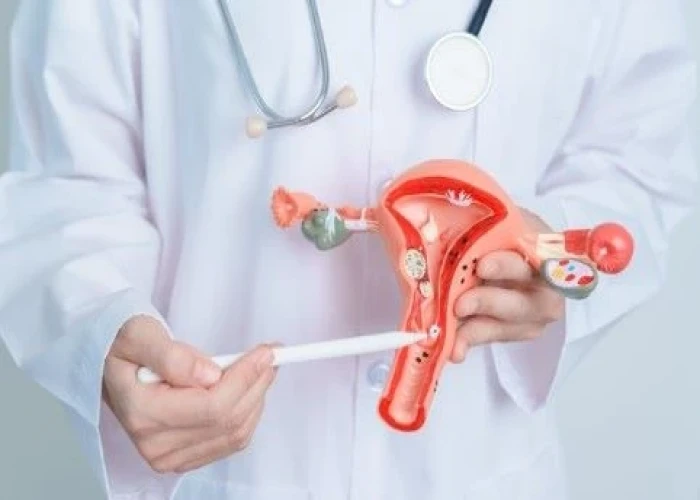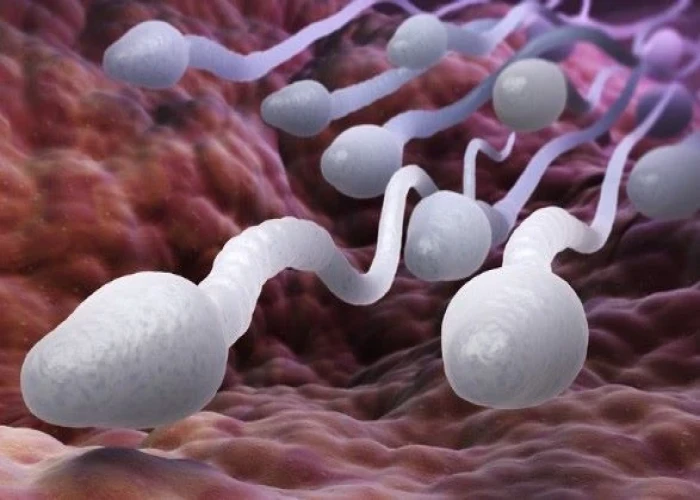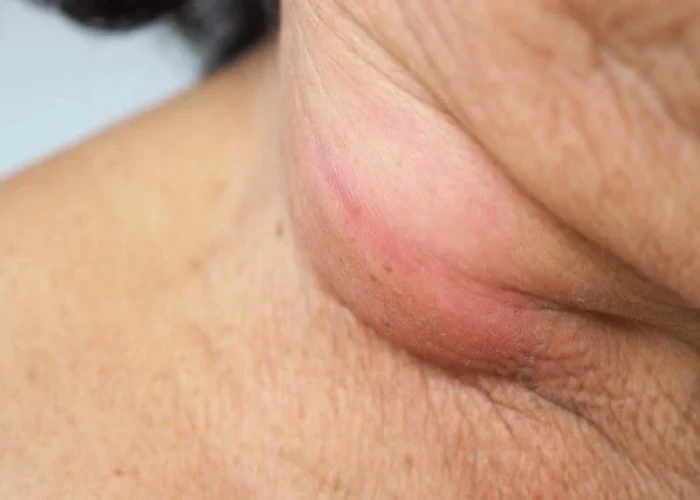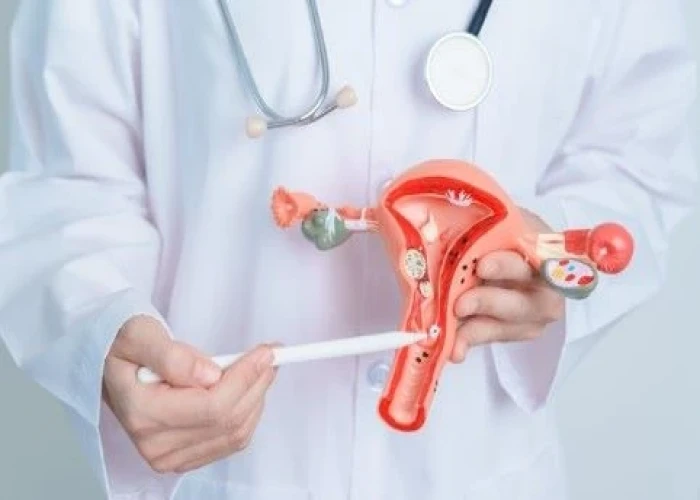 Welcome
Welcome
“May all be happy, may all be healed, may all be at peace and may no one ever suffer."
Perimenopause

Perimenopause refers to the period of time leading up to menopause when a woman's body is transitioning from reproductive to non-reproductive years. It typically begins in the late 30s or early 40s, but can start as early as the mid-30s or as late as the mid-50s.
During perimenopause, the levels of hormones such as estrogen and progesterone fluctuate, which can cause a range of physical and emotional symptoms. Common symptoms of perimenopause include:
- Irregular periods
- Hot flashes and night sweats
- Sleep disturbances
- Mood changes, such as irritability or depression
- Vaginal dryness and pain during sex
- Decreased libido
- Weight gain
- Urinary incontinence
- Joint pain
While perimenopause is a natural part of aging, some women may experience symptoms severe enough to affect their quality of life. Treatment options may include lifestyle changes (such as a healthy diet and exercise), hormone replacement therapy (HRT), or other medications to alleviate specific symptoms.
It's important to note that perimenopause is not the same as menopause, which is defined as the point at which a woman has gone 12 consecutive months without a menstrual period. After menopause, the levels of hormones such as estrogen and progesterone continue to decline, which can increase the risk of certain health conditions such as osteoporosis and cardiovascular disease. Therefore, it is important for women to continue to prioritize their health and wellness during and after the perimenopausal and menopausal periods.
Research Papers
Disease Signs and Symptoms
- Irregular or absent menstruation periods
- Trouble sleep (insomnia)
- Rapid mood chang
- Vaginal dryness
- Reduced sexual desire
- Low bone density (Fragile bones)
- High cholesterol
Disease Causes
Perimenopause
As you go through perimenopause, your body's production of estrogen and progesterone, key female hormones, rises and falls. Many of the changes you experience during perimenopause are a result of decreasing estrogen.
Disease Prevents
Disease Treatments
Medications are often used to treat perimenopausal symptoms.
- Hormone therapy. Systemic estrogen therapy — which comes in pill, skin patch, spray, gel or cream form — remains the most effective treatment option for relieving perimenopausal and menopausal hot flashes and night sweats. Depending on your personal and family medical history, your doctor may recommend estrogen in the lowest dose needed to provide symptom relief for you. If you still have your uterus, you'll need progestin in addition to estrogen. Systemic estrogen can help prevent bone loss.
- Vaginal estrogen. Estrogen can be administered directly to the vagina using a vaginal tablet, ring or cream. This treatment releases just a small amount of estrogen, which is absorbed by the vaginal tissue. It can help relieve vaginal dryness, discomfort with intercourse and some urinary symptoms.
- Antidepressants. Certain antidepressants related to the class of drugs called selective serotonin reuptake inhibitors (SSRIs) may reduce menopausal hot flashes. An antidepressant for management of hot flashes may be useful for women who can't take estrogen for health reasons or for women who need an antidepressant for a mood disorder.
- Gabapentin (Neurontin). Gabapentin is approved to treat seizures, but it has also been shown to help reduce hot flashes. This drug is useful for women who can't use estrogen therapy for health reasons and for those who also have migraines.
Before deciding on any form of treatment, talk with your doctor about your options and the risks and benefits involved with each. Review your options yearly, as your needs and treatment options may change.
Disease Diagnoses
Disease Allopathic Generics
Disease Ayurvedic Generics
Disease Homeopathic Generics
Disease yoga
Perimenopause and Learn More about Diseases

DiGeorge syndrome (22q11.2 deletion syndrome)

Hyper Sex Apetite

Vulvodynia

Post-vasectomy pain syndrome

Tuberous sclerosis

Temporal lobe seizure

Bulimia nervosa

Lymphoma
perimenopause, পেরিমেনোপজ
To be happy, beautiful, healthy, wealthy, hale and long-lived stay with DM3S.
